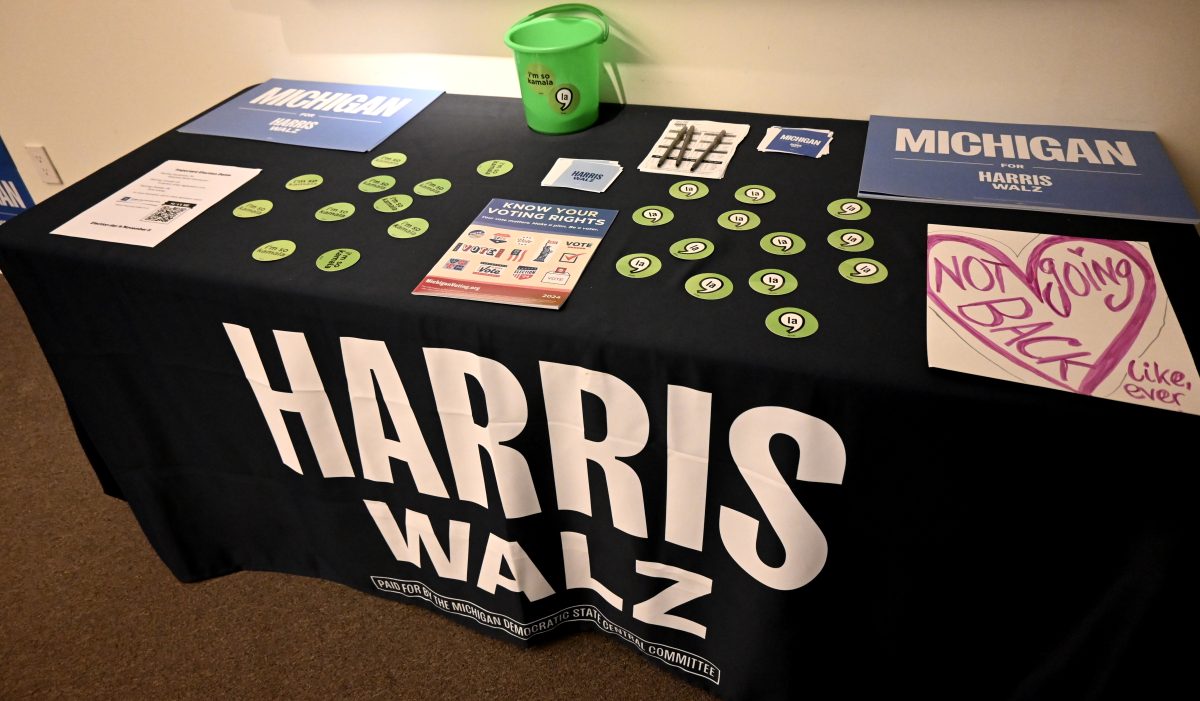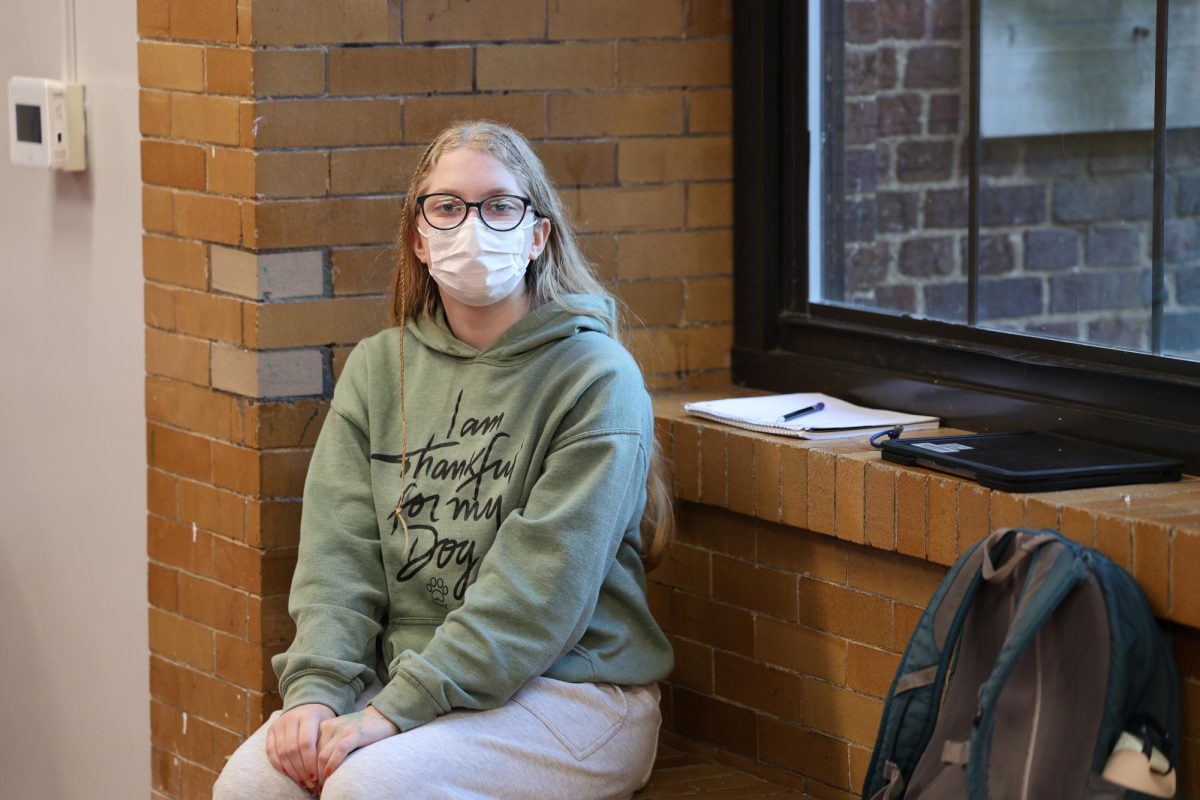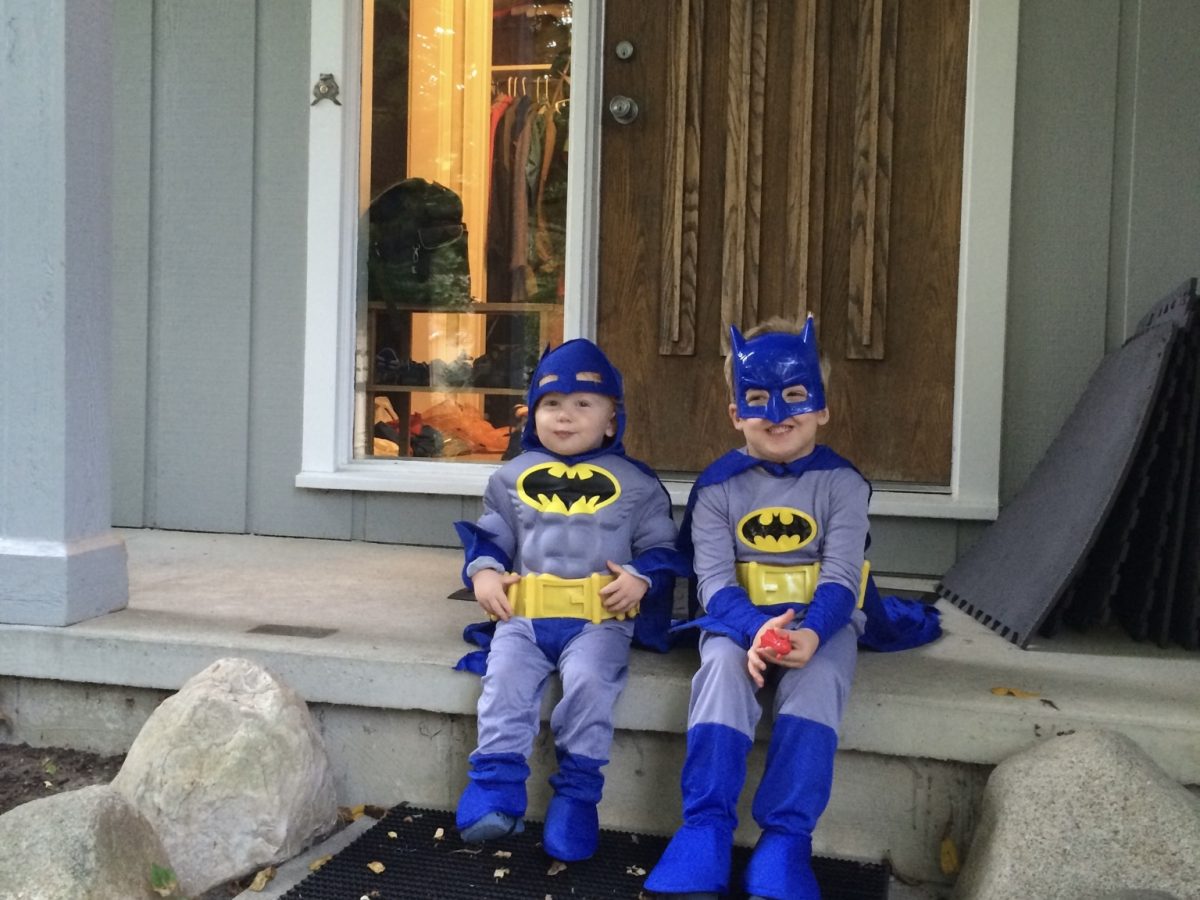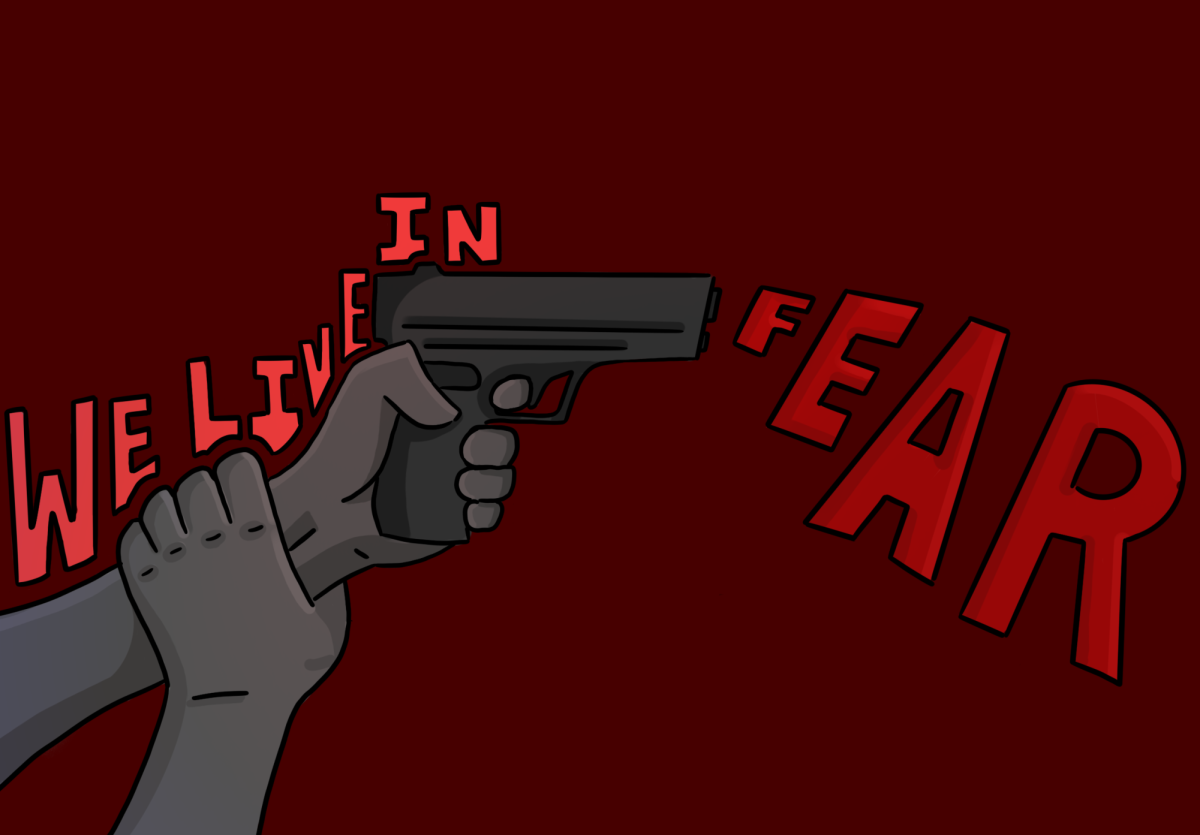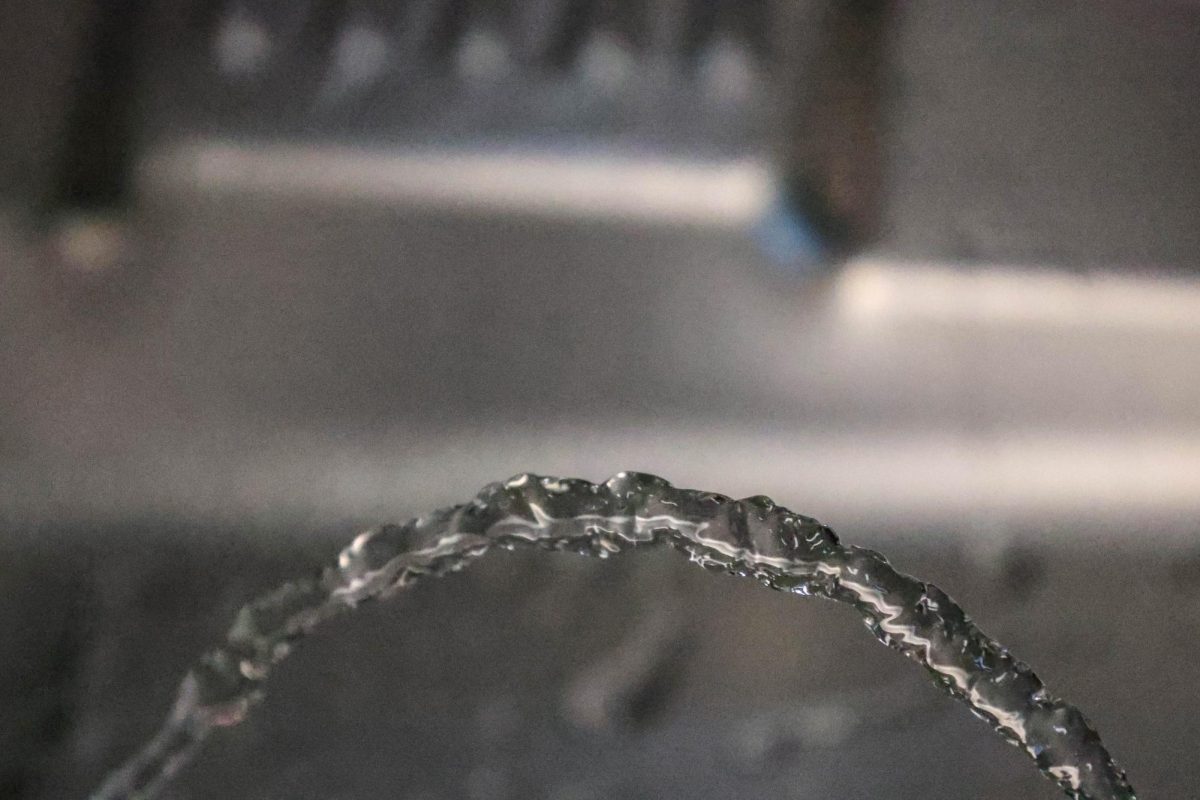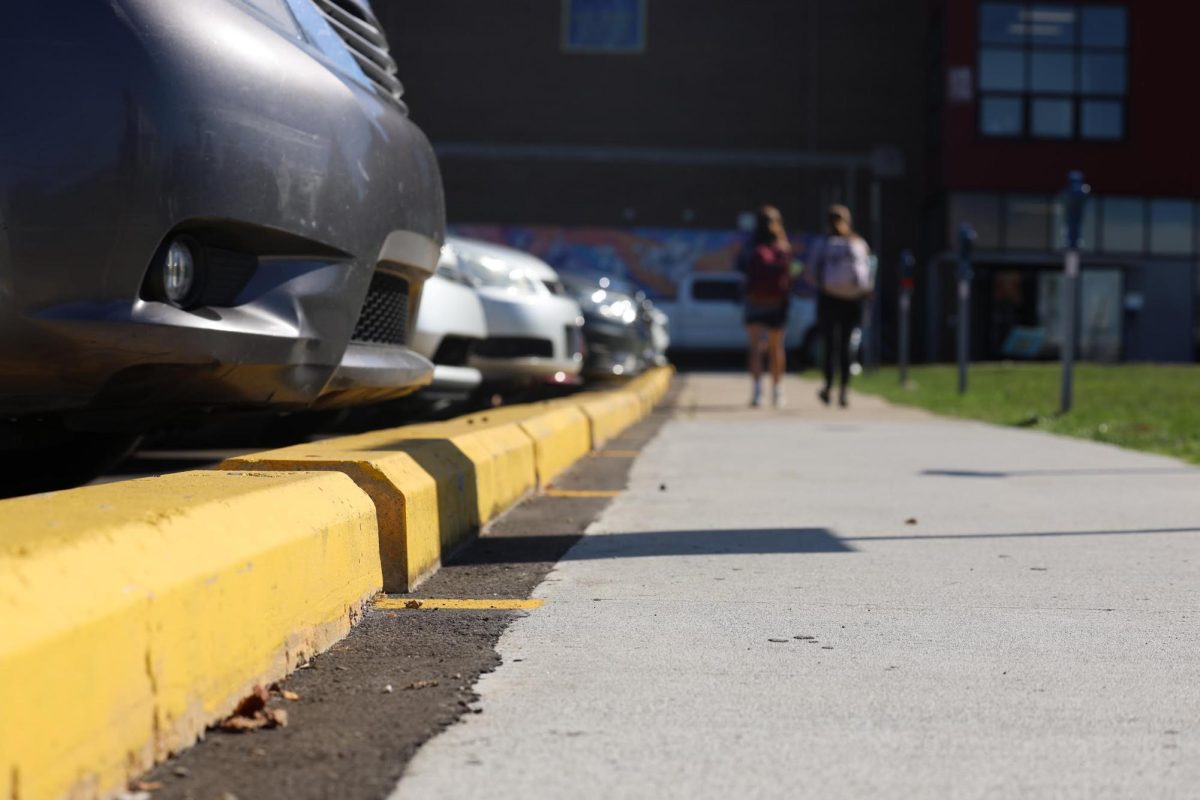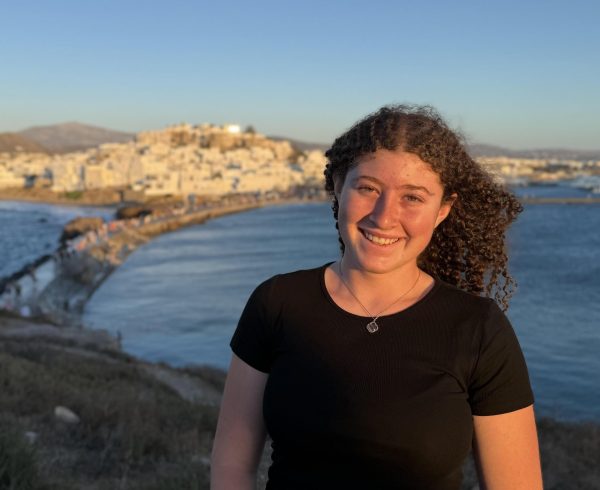The presidential election is three weeks away and too many high schoolers don’t realize how much power they have. The news and the polls don’t pay attention to us because they only care about the people who are old enough to vote. But just because we don’t get to fill in a bubble on a ballot and get our vote counted doesn’t mean we should sit here and let adults take care of it for us.
The night after the Democratic National Convention, I found myself wishing I could vote and have the chance to make a difference in the election. I thought about what Barack Obama, Michelle Obama and Kamala Harris all said during their speeches: “Do Something.” As someone whose values align with the Democratic party and Kamala Harris, I was inspired but I didn’t know what to do. What is there for a sixteen-year-old to do in a presidential election? I decided that no matter what, I was going to do something to elect Kamala Harris — without being able to cast a vote myself.
Through friends, I was introduced to my neighbor, former Ann Arbor Mayor and Michigan State Senator Liz Brater, who took me canvassing from door to door. “Don’t agonize, mobilize,” is a line Brater often says, riffing on a popular line from former Speaker of the House Nancy Pelosi. Brater and I talked with people who didn’t have a plan to vote and we helped them make one. We talked to people who weren’t registered in Michigan and gave them a form to fill out to register, and we talked to people who didn’t know about the non-partisan section of the ballot and told them who the Democrats are endorsing.
A few days later, Brater invited me to help with her shift at the ONE Campaign office in Ann Arbor. There, I got to meet the people who are behind it all: people who organize all the volunteers, print out all sorts of forms, and plan all the routes. As volunteers popped in and out to get supplies or gather literature to hand out at doors, the phrase floating around the room was “two votes per precinct.” Someone asked if the three conversations they had would even make a difference. “Two votes per precinct.” Someone else wondered why we were so focused on voter turnout. “Two votes per precinct.”
As I later learned, they were all talking about the 2016 election when Hillary Clinton lost to Donald Trump by two votes per precinct in Michigan. In other words, there are about 5000 precincts in Michigan and Trump took the state by just over 10,000 votes. Think about that: 10,000 people in our entire state is workable. There are 5,000 high schoolers just in the city of Ann Arbor. If each of them had talked to two people and convinced them to vote and vote for Clinton, she would have won Michigan. 10,000 more people voting would have swayed the entire state in 2016. Now, in 2024, with an election this tight, the loss of Michigan could lose the whole election for Harris. But if you agree with me in support of the Democratic party, we cannot let this happen again. And we, as high schoolers, can do something about it, but we have to act now. “Now it’s crunch time and there is room for everyone of all ages in this campaign,” emphasized Connor Welch, the Youth and Campus Organizer at the ONE Campaign For Michigan’s Ann Arbor Field Office.
Now that you know how important it is to get involved in the election and how much of a difference you can make, let me tell you some of the most important steps to success. Start by talking to people you already know. There are three things that make a difference within your circle of family and friends: voter registration, voter plan, and voter education. Your friends can’t vote if your friends aren’t registered and in this election, and we especially need those 20-year-olds. Yes, reach out to those friends who left you for college last year, even if you haven’t texted them or talked to them in the past few months. Trust me, it’s a great conversation starter. If they are in college in Michigan or if they want to register in Michigan using their home address (which they should if they are not in another super duper important swing state!), send them to mvic.sos.state.mi.us to find everything they need to know about where to vote and how to vote and what their ballot will look like (which is very important as you will soon learn below) and everything else a first-time voter would be curious about.
Now to the “plan” part of it all. Make sure everyone actually knows how they are going to vote! “Studies have shown that getting a person to articulate that they have a plan to vote and saying what it is increases their likelihood of voting,” Brater said. “So you’re not only educating people about the candidates but also increasing their probability of voting by speaking to them face to face.” There are three voting options in Michigan: mail-in voting, early voting, and voting day-of.
Some people really love the energy of going to the polling place on election day and getting in line with everyone else who is going to take part in their democracy and freedom to elect their own leader and I fully understand that. But, and not to bring down the mood, what if they get COVID? They might miss out on voting in, like, the biggest election of our whole entire country. That would be sad. So tell them to vote early! They can request mail-in ballots online or in person at the City Clerk’s office and, unlike the name would suggest, the “mail-in ballots” already can be submitted by dropping them at multiple places throughout Ann Arbor. Voters will even get an email confirming that it has been received, so, no, they can’t make the excuse that they’re worried the vote will get lost. Mail-in is also cool because voters can look everything up as they fill their ballot out at their own little desk in their own little house. Yay being an educated voter! More on that to come.
The last, but most definitely not least, way to vote is early voting. There are six locations throughout Ann Arbor to vote early. Early voting starts on October 26 and runs through November 3 and people can just go and fill out a ballot in person, anytime! The best of both worlds! My parents are even making a family day of it. I’m gonna go with them to vote and then we’ll all go out to eat or something to celebrate democracy.
And now on to voter education. The most important part of voter education is telling people that it turns out this whole “ballot” thing is a full two-page document, back-front, and not everything is as cut and dry as the Harris and Trump part. In fact, the state judges and justices, which are very important to the judicial stuff in our state, are not marked by their party affiliation. Now, some people get to that part on their ballot and realize “Oops!” They didn’t do their homework. We all know that feeling. And that’s where you come in! Don’t let your friends be the ones trying to Google their candidates at the voting box. Tell them that the Democratic judge and justice’s first names both start with K’s, just like Kamala: Kimberly and Kira. Find them and all the rest of the non-partisan and proposal sections at MIvoter.org. In fact, at this point, just send your friends and family that link.
Okay, okay that’s cool and all, but what if you really want to do something extra to make a difference? Well, you’re in luck. The ONE Campaign for Michigan is the official Harris campaign spot in Ann Arbor. They are working and planning systematically to win Michigan for Harris and other Democrats through canvassing and phone banking, among other things. You may wonder as I did: do they want high schoolers at the campaign office?
“Of course!” Welch answered. “It’s super important that all people are represented in this campaign. We want more people to show up and volunteer!” Canvassing is so important because all it takes is for someone to verbally commit to voting, and they are more likely to actually go out and vote. It’s these types of interactions that really have the power to change the course of an election.
“Every little piece adds up, and the whole of it together is huge,” said Sue Shink, State Senator for Michigan. “Even though any one person might say, ‘Oh, what I do doesn’t matter,’ it’s all of us working together that leads to success, and it’s mostly that person-to-person contact that makes the difference.”
Whether you talk to two people in your life about their voting plan or knock on doors every day until the election, you, as a high schooler, are changing the course of this election. “You just don’t know what’s going to happen until after the election is over and the votes are counted and it’s all of us doing what little bit we can,” Shink said.
So when people forget us in the coverage of the polls or the news, they are forgetting that, although we may not have a vote, we have a voice. Even more so, we, as high schoolers, have the power to go out and win this thing. So what are you going to do in these next three weeks to make history?



